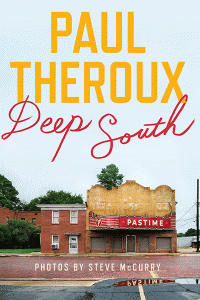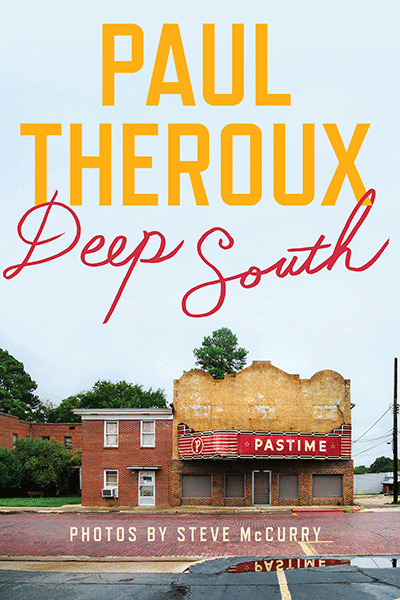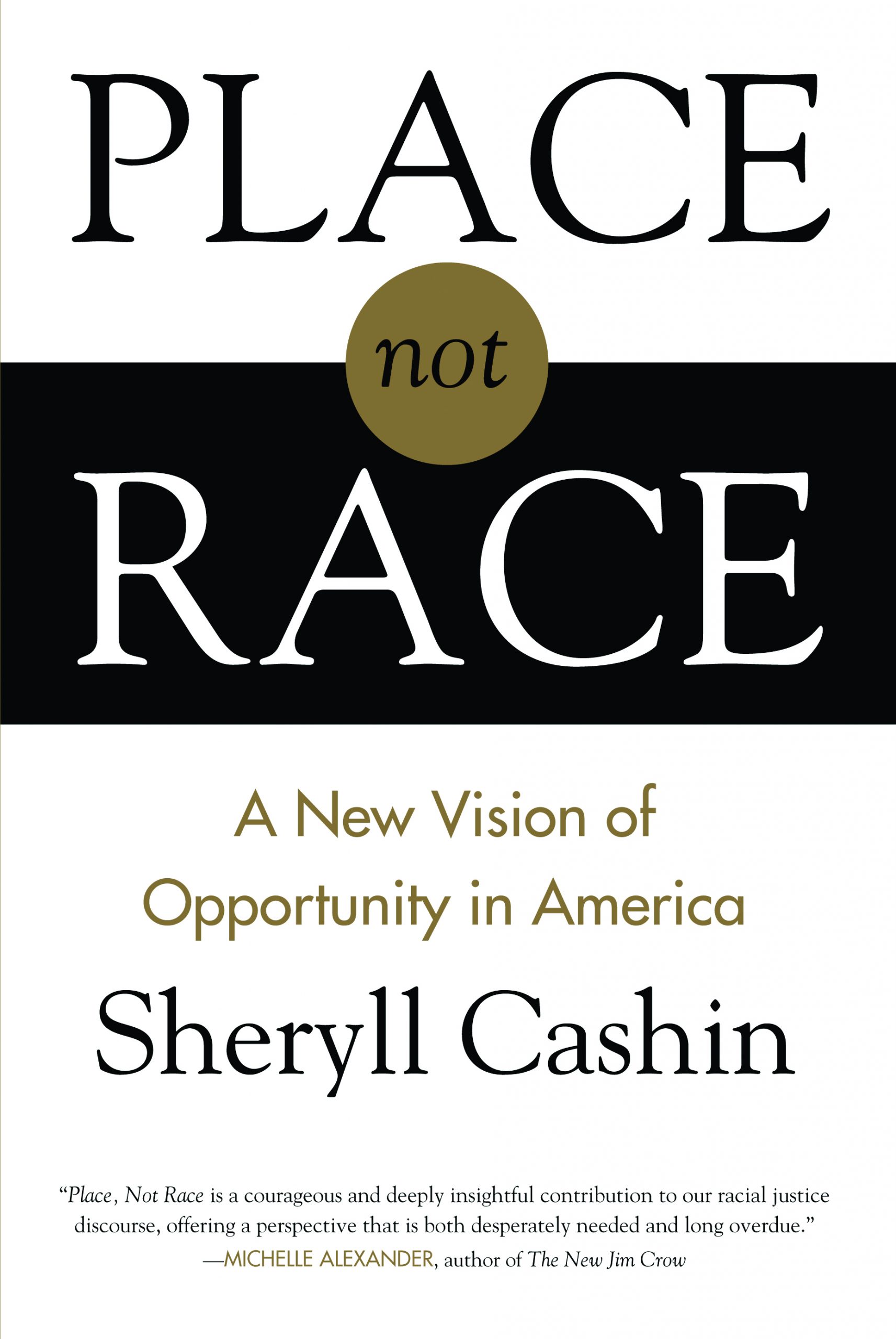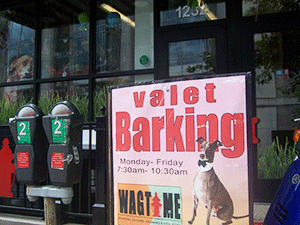
This fascination with the region’s poverty becomes almost voyeuristic as epitomized by an early visit with Bernie Mazyck of the South Carolina Association of Community Development Corporations. Theroux expresses a desire to visit some of the places Mazyck works with. Mazyck asks, “Anything special?” Theroux responds, “The poorest.”
Theroux’s apparent voyeurism extends beyond poverty. His fascination with Southern gun culture is evident in his constant appearances at gun shows and pawn shops, where he probes the participants as he feigns interest in purchasing weapons and gauges their attitudes and responses when he strategically reveals that he is from Massachusetts. Nevertheless, his descriptions of white male Southerners, who are commonly categorized as backwards, ignorant, and racist are humanizing. He adds depth to one-dimensional media depictions of this group by exploring the perhaps unfounded fear and hurt that they experience as the world changes around them and seemingly leaves them behind.
Otherwise his treatment of race is, at best, contradictory and, at worst, hypocritical and probably the book’s great failing. During one of the interludes that mark the transitions to a different season of his explorations, Theroux spends pages pontificating about the word “n****” in a surprising amount of detail, rolling over the origins of the word, how it compares to similar words cross-nationally, and how black people, particularly black youth and rappers, use the word in ways that differ from how whites use it.
Despite his resignation to the idea that the word has become an important part of the intricate fabric of black American culture, he eventually concludes that regardless of intent and race he “winced whenever [he] heard it played, whenever [he] heard that word.” The contradiction here is not only in his willingness to so freely type a word that supposedly makes him wince, but in his earlier insistence that his friend Kenneth Noland was not racist despite “us[ing] the word now and then.” According to Theroux, Noland simply “lapsed into the language of the past, and over that [time] distance he did not see blacks, he saw ‘n****s,’ living in ‘N*****town.’”
Nonetheless, Deep South is redeemed by the people Theroux encounters, and as a series of stories—their stories—divorced from the asides about Africa, Asia, and “n*****,” it is truly amazing, a testament to the diversity, depth, generosity, and resilience of Southerners as history has, at various times, enslaved, disenfranchised, stigmatized, and divided them. At every stop, he was greeted warmly by strangers of all stripes who, among all of their differences, shared a single important trait that seems to characterize the region above all others: a willingness to share stories, stories of stumbles and enduring struggles, stories of victory and triumph. They shared their worries and fears, their loves and adorations. And some, such as Sue Evans of Greenville, Miss., daughter of Ruby of the famed Ruby’s Night Spot and an ex-wife of blues singer BB King, had amazing stories.
So while the book is far from an analytical masterpiece, Theroux ultimately achieved his goal. With some wonderful prose and vivid descriptions that make for easy and interesting reading, he tells of an interesting journey and portrays the complexity of the South through the stories of its people and places. Each place and each person exhibits unique idiosyncrasies that come through in their interactions with Theroux, making this work an important contribution to literature about the region.





Comments